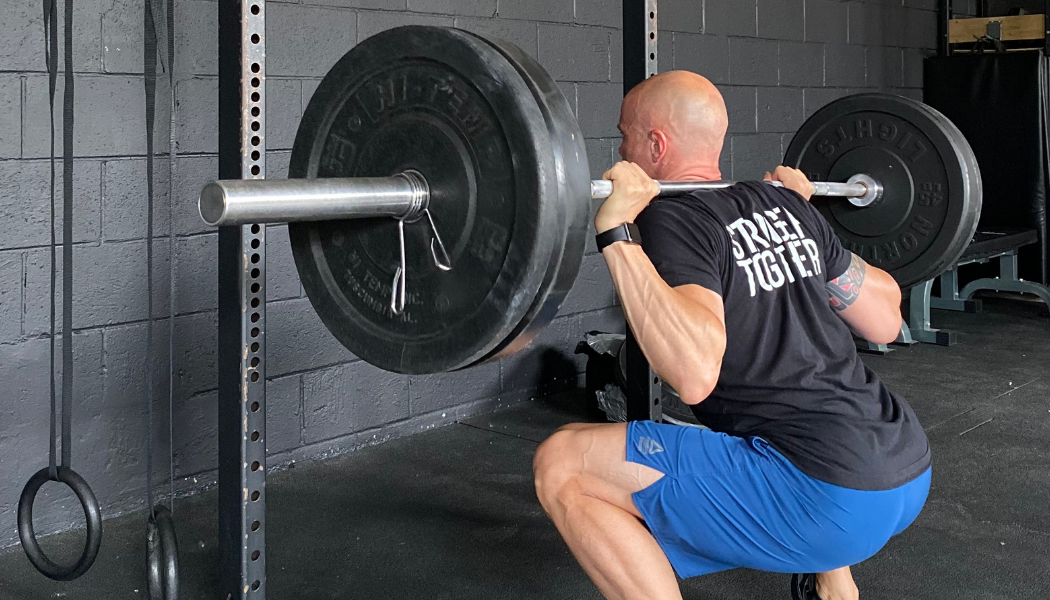Why Sticking To The Stimulus Matters - A Coach's View

As a CrossFit coach, I see it every day: athletes, from beginners to seasoned members, show up ready to push their limits. My role isn’t just to lead them through the workout; it’s to help them get the most out of each session by sticking to the intended stimulus. This isn't about holding them back—it's about guiding them toward the results they’re working for.
Maximizing Results
In every workout, there’s a reason behind every weight, rep count, and movement selection. If today’s WOD (Workout of the Day) is designed as a high-intensity sprint, the goal is to keep the heart rate elevated and the movement fast-paced. I'll see some athletes eager to load up the barbell, but I know that going too heavy will turn the workout into something slower and strength-based, losing that cardiovascular punch. My job is to remind them that scaling weight or movements when needed will actually help them hit the intensity we’re aiming for.
Preventing Overtraining and Injuries
I want my athletes to push hard, but not at the cost of injury. The stimulus is there for a reason—to create balance and prevent burnout. It can be tempting to load up on weights even when the workout is meant to be lighter, but I explain that there's no benefit in taking unnecessary risks. I keep an eye on form, encourage proper scaling, and help them understand that it’s okay to follow a high-rep workout with lighter loads. The goal is to keep coming back, day after day, without injury.
Building Consistency and Discipline
There’s a certain discipline required in CrossFit, and sticking to the stimulus teaches athletes consistency. It’s not always about going heavier or faster; sometimes, it’s about pacing correctly or scaling back. I remind my athletes that every workout doesn't have to be a PR. The program works over time, and by sticking to it, they’ll build the fitness and strength they're aiming for.
Supporting Proper Recovery
I’m constantly balancing intensity with recovery in my programming. High-intensity workouts are meant to be balanced with lower-intensity or recovery days. When an athlete disregards the intended stimulus and constantly pushes past it, they end up fatigued, risking injury, and often feeling frustrated at slower progress. Recovery is part of the equation, and I encourage everyone to trust the design of the program, knowing that rest days are just as crucial as training days.
Enhancing Mental Toughness
Training smart builds not only physical but also mental toughness. It’s hard for many to scale or hold back when they feel capable of more. But respecting the stimulus teaches them to be smart about their goals. When they show that discipline, they’re strengthening their mental resolve, learning to work with the program rather than against it.
How I Help My Athletes Stick to the Stimulus
As a coach, I take time to explain the "why" behind each workout, guiding everyone toward the intended stimulus. Here’s what I focus on:
- Listening and Guiding: I’m here to offer tips on scaling, pacing, and form. Sometimes, all an athlete needs is a reminder or adjustment.
- Promoting Realistic Scaling: Scaling isn't a weakness—it’s the best way to ensure the right stimulus. I encourage members to modify as needed to hit the workout goals, keeping intensity where it should be.
- Understanding Each Athlete’s Level: Every person is on their own journey, and it’s not about chasing someone else’s numbers. I help athletes stay focused on where they are and where they want to be, offering suggestions that align with their current fitness level.
- Using Appropriate Equipment: I suggest the right weights and equipment to help members stay within the intended stimulus. Sometimes it’s as simple as swapping out a kettlebell or adjusting rower resistance.
Most of the time, I encourage athletes to stick to the stimulus of the workout as planned. However, there are times I’ll encourage an athlete to add more weight or push harder—especially if I feel they’re underestimating their capability or have been stuck in a pattern of over-scaling workouts. Knowing when to push and when to hold back is a big part of effective coaching, helping each athlete to find and challenge their own limits responsibly. When they trust the process, I know they’re set for long-term success.
More Posts





